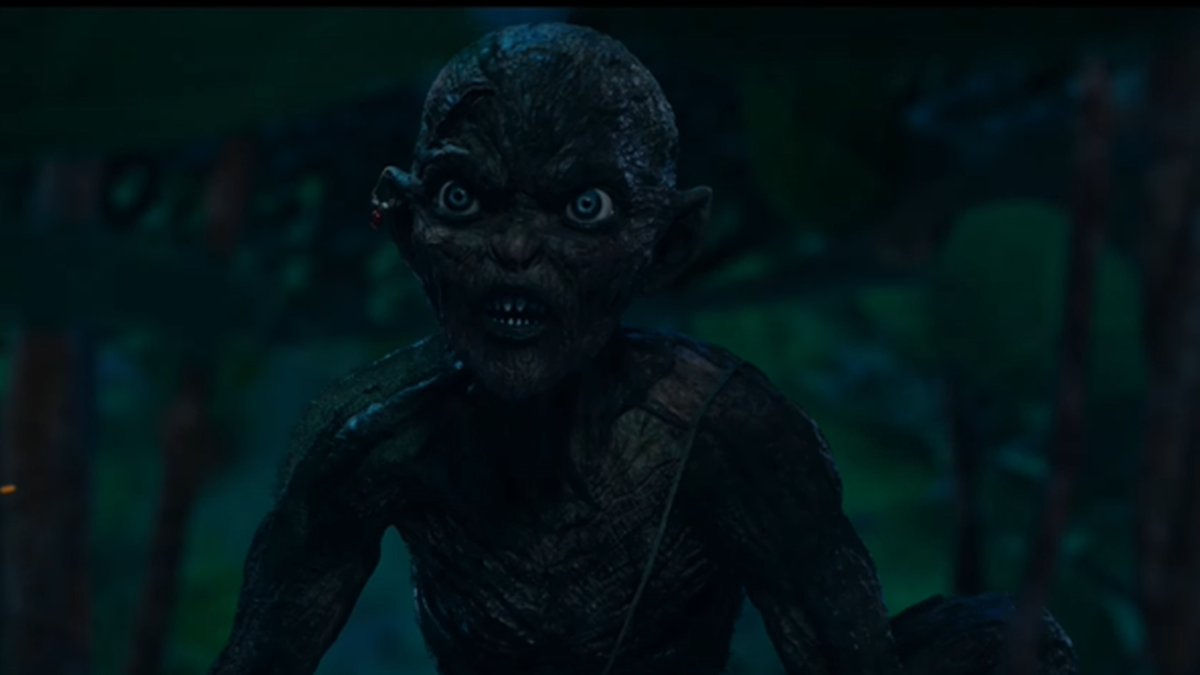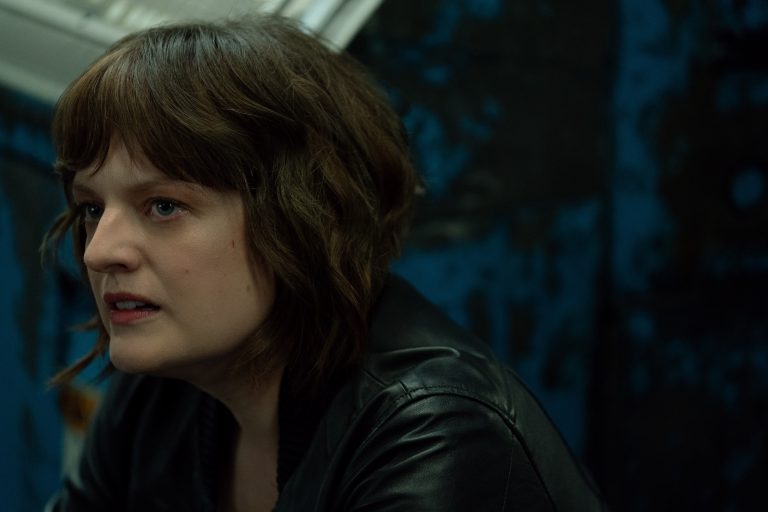I respect producers Dinesh Vijan and Amar Kaushik’s efforts in creating this horror universe, in which they take supernatural beings from a specific milieu of the country and then weave a plot around them, allowing these supernatural beings to breach the modern world. The majority of these installments of the “Maddock Supernatural Universe” (a name coined by Wikipedia, so apologies for the lack of imagination) are a mix of horror and comedic bent, and the best of these installments manages to thread the needle between these wildly disparate tonalities while also showcasing a specific theme.
“Munjya,” too, is very much centered around a specific milieu, this time at Konkan village. The ghost is a vengeful spirit of a young boy who had died a few days after the munjya ceremony (the tying of a sacred thread around the torso and a girdle as a marker of entry into formal education), who had died while being interrupted by his sister during a black magic ritual to ensure the woman he is attracted to would return his favors. Decades later, a young boy would have to contest this vengeful spirit and his murky past and try to stop the spirit from bringing forth destruction while the Munjya wanted to get married.
The script, written by Niren Bhatt, provided many opportunities to mock and comment on deep-rooted generational misogyny, trauma, and even stalking. The concept of stalking is rather prevalent when the ghost hitches a ride on Bittu (Abhay Verma) a la Bikram-Betaal and tries to convince him to pursue its long-lost love, almost driving Bittu insane. The idea that the spirit is essentially vengeful since his horniness went unfulfilled for eternity would be another amusing issue to explore, possibly allegorically reflecting on inceldom. Before one asks why I would be interested in the messaging of a horror comedy, it would behoove me to inform you that the previous installments all had a central message informing the film. Stree” is a feminist film, while “Bhediya” is a werewolf film with a strong pro-environment bent.
It seems director Aditya Sarpotdar and editor Monisha Baldawa have been provided with the mandate that the film’s final cut should not exceed two hours. Even if one tries to ignore the somewhat juvenile dialogue and the haphazard screenplay, the effective setting up of the lore and numerous characters remains unfulfilled. Considering the central genre the story is dabbling in, horror requires a certain amount of build-up, such that when those jump scares are utilized, they become effective. Unfortunately, Sarpotdar ensures that every plot beat of the film takes the least time to process.
The film is adorned with speed-ramping, fast cuts, jarring sound design, and all other tools in the editor’s belt to ensure the film doesn’t slacken. Shot lengths becoming increasingly shorter proves antithetical to a movie requiring an atmosphere for the story to marinate. Within all of these pitfalls, I hope you can forgive me if I can’t discern any message from this barely coherent mess.

It is perhaps telling that one of the more memorable aspects of the movie is the death of one of the central characters, but not the events leading up to the death or how the death affects the protagonist. That death works because it suddenly gives the illusion of legitimate stakes in a movie designed to counter and laugh at the face of such. After all, far more than horror, all these movies, in their most superficial aspects, are the stories of normal people rising against supernatural beings, battling and defeating them temporarily to fight for another day, rinse, and repeat.
The creature feature aspect of the film is effective, however, because the CGI is not only quite well developed but also utilized mostly during nighttime to elicit dread. The vengeful spirit, however, works unintentionally too well as a petty nuisance because of the jarring sound mix, almost drowning out the dialogues that are supposed to be comedic-tinged with horror, rendering them unintelligible plus ear-splitting. The movie is made somewhat watchable by the reliable supporting cast of Mona Singh as Bittu’s mother and Sathyaraj as an evangelist named Elvis Karim Prabhakar. Sathyaraj has the unenviable job of encapsulating the lore for the audiences, while rudimentary animation depicts the backstory of the Munjya, resembling a highlight reel.
Every aspect of this film feels rushed, leading to a disappointing failure in a franchise that had been the prime example of a successful cinematic universe mounted on a modest budget and dependent primarily on smarter storytelling. Munjya,” by the second half, becomes so haphazard and ludicrous that it almost begins to resemble a cartoon, further reinforcing the lack of stakes in a story supposed to be filled with personal ones. It also doesn’t help that the romance between Bittu and Bela feels underdeveloped, leading to the failure of the non-traditional closure of that track. The climax, on the other hand, feels the most Marvel-like in its CG-heavy ending. Perhaps that signifies how these movies will ultimately begin to resemble their factory-like setting.
The shared universe gimmick had been the only marketing gimmick that had enticed me to the theatre, and the post-credit scene is arguably the only memorable moment in the film that is tangentially related to the previous 119 minutes of fast-paced events. It’s unfortunate because this film relies on character actors and relative newbies as protagonists rather than major names. However, the most memorable moment comes in an appended postscript starring a very young star from a prior entry of the franchise and a breakout character from all previous installments. “Munjya” is a perfect example of a moderately entertaining, if shallow, horror comedy entirely let down by bizarre directorial choices.





![The Perfect Candidate [2021] Review: A wavering film about a woman who stood for office](https://79468c92.delivery.rocketcdn.me/wp-content/uploads/2021/06/The-Perfect-Candidate-3-highonfilms-768x461.jpg)



